READY TO GET STARTED?
REQUEST A FREE ESTIMATE
Fill out the form below or call (336) 226-1448 for a free, no-obligation estimate.
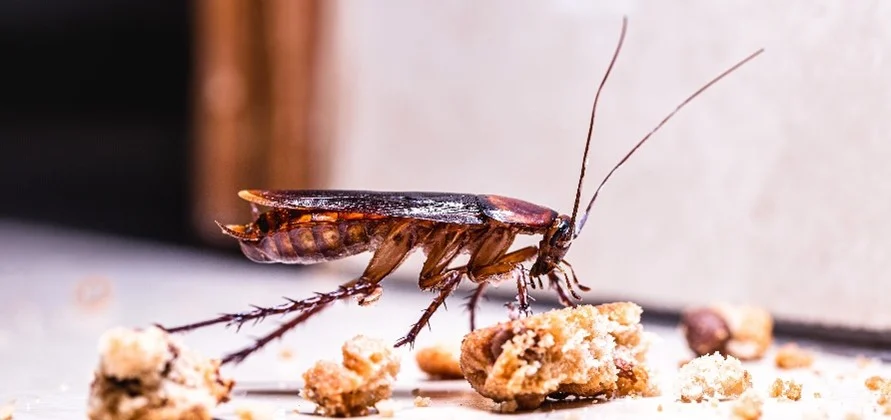
Cockroaches are unwelcome visitors in any home, and for North Carolina residents, dealing with these resilient pests can be a common challenge. The region’s warm, humid climate provides an ideal environment for cockroaches to thrive. But don’t worry—you can tackle infestations effectively and sustainably. This guide will help you identify a cockroach problem and address it using eco-friendly methods.
North Carolina’s climate is perfect for cockroaches. The warm summers and mild winters allow these pests to thrive year-round. The common cockroach species in the state include:
Cockroaches can carry diseases, contaminate food, and worsen allergies and asthma. Knowing what attracts them—food residue, water leaks, and clutter—is the first step in managing them.
Cockroaches are nocturnal, but they leave signs of their presence:
Prompt action can prevent the problem from worsening.
Green pest control offers effective, eco-friendly alternatives:
Ready to tackle cockroaches the eco-friendly way? Follow these steps to manage and prevent infestations sustainably:
Prevention is key to keeping cockroaches out for good:
Investing in these habits will help you avoid future infestations.
With the right knowledge and eco-friendly strategies, you can kick cockroaches to the curb. Spot the signs early, take green pest control steps, and implement preventative measures to keep your home pest-free. If you’re dealing with a tough infestation or need expert advice, reach out to a green pest control professional in North Carolina. Protect your home, health, and the environment with sustainable pest management.
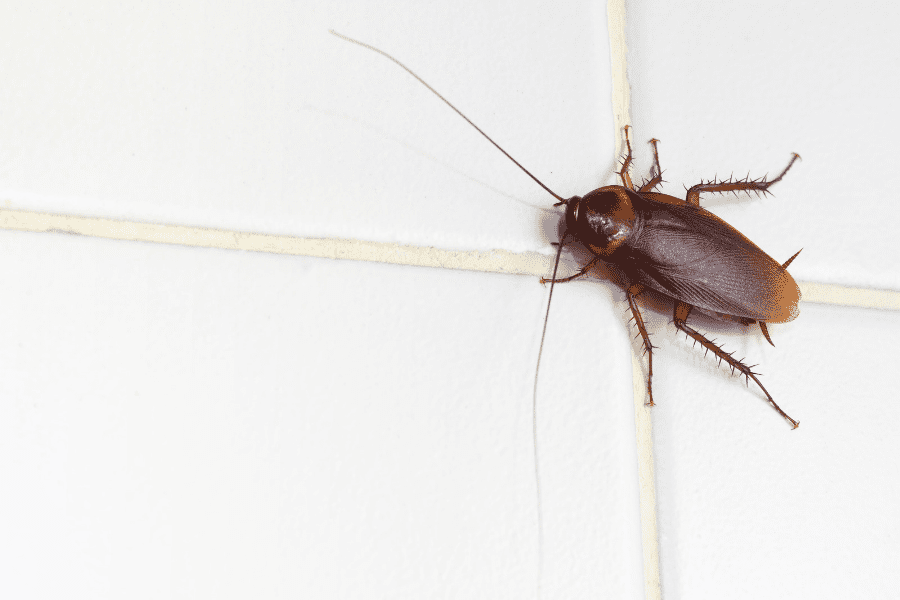
Cockroaches are one of the most common household pests found in homes. They are known for their hardiness and ability to survive in a variety of environments, making them difficult to get rid of once they’ve invaded your home. Let’s take a look at some of the most common types of cockroaches found in our area.
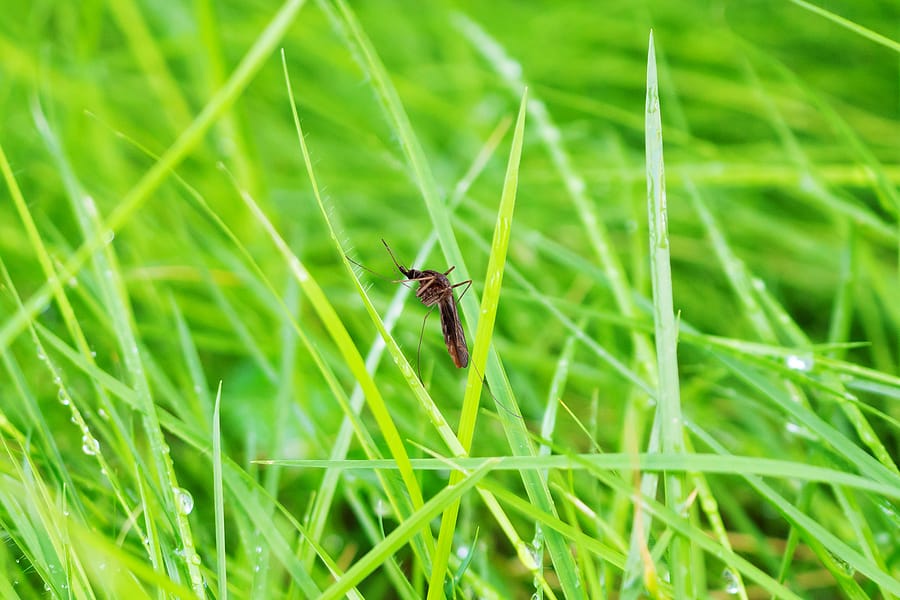
Spring is a time for renewal and growth, but unfortunately, it’s also a time for pests to emerge from their winter hiding spots and wreak havoc on homes and gardens. North Carolina, with its warm and humid climate, is particularly susceptible to pests during spring. Here are some of the most common spring pests homeowners in North Carolina may experience, along with tips on how to prevent and control them.
Termites are a serious problem in the south, and spring is the time when they start swarming in search of new nesting sites. Termites can cause extensive damage to the structure of homes, and if left untreated, can lead to costly repairs. Homeowners should be on the lookout for signs of termite infestations, such as mud tubes, discarded wings, and wood damage. To prevent termite infestations, homeowners should remove any wood debris or stumps near their homes, repair any water leaks or moisture problems, and have regular inspections by a licensed pest control professional.
Ants are another common spring pest in this area. They are attracted to food, water, and shelter and can quickly become a nuisance in homes and gardens. Ants can also cause damage to plants and can even bite humans and pets. Homeowners can prevent ant infestations by keeping their homes clean and free of food debris, sealing cracks and crevices, and trimming plants away from the home’s foundation.
Mosquitoes thrive in warm, humid environments, making the south an ideal location for them to breed. Mosquitoes can transmit diseases such as the West Nile virus and Zika virus, making them a serious health concern. Homeowners can prevent mosquito infestations by removing any standing water around their property, such as in bird baths or clogged gutters. In addition, homeowners can install screens on doors and windows to prevent mosquitoes from entering the home.
Ticks are another common spring pest. They are often found in wooded areas and can transmit diseases such as Lyme disease and Rocky Mountain spotted fever. Homeowners should take steps to prevent tick bites by wearing long-sleeved clothing, using insect repellent, and avoiding tall grass and brush. In addition, homeowners can keep their yards free of debris and trim back any overgrown vegetation to reduce the likelihood of tick infestations.
Cockroaches are a year-round problem, but they become more prevalent in the spring as the weather warms up. Cockroaches can contaminate food, trigger asthma and allergy symptoms, and transmit diseases. Homeowners can prevent cockroach infestations by keeping their homes clean and free of food debris, sealing any cracks or crevices, and reducing humidity levels.
By working with your local pest control company and taking proactive measures, you can protect your home and family from these common spring pests.
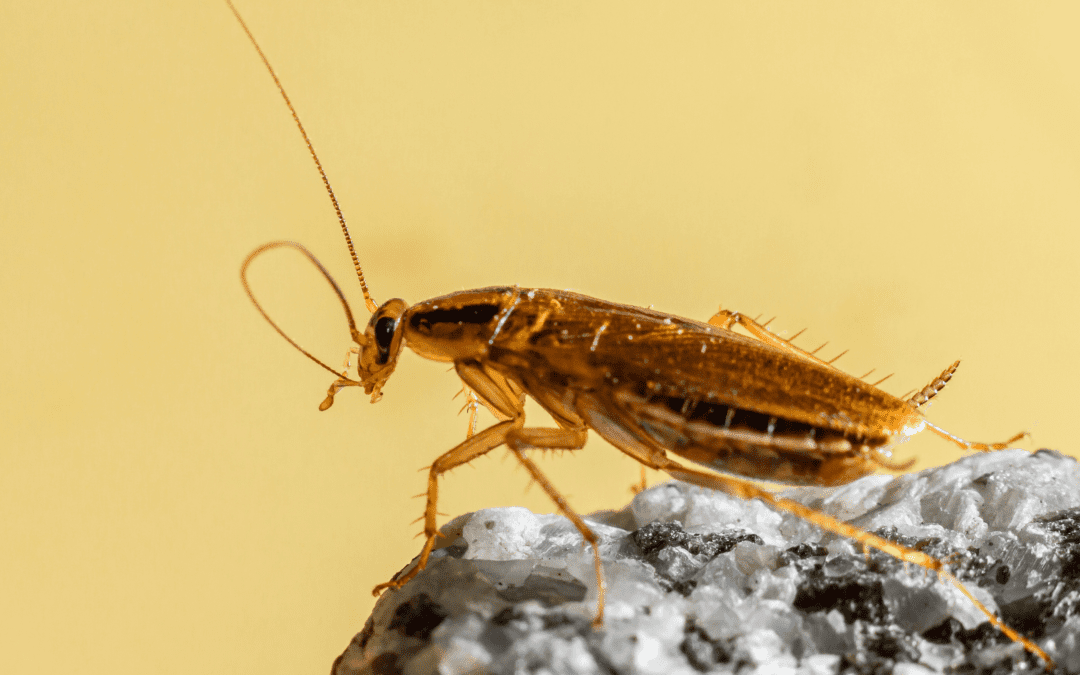
Seeing cockroaches in your home is never ideal. Certain roaches can mean there is an infestation, instead of just one. Failing to remove these pests can lead to unpleasant outcomes and more sightings.
We have broken down the most common cockroaches found in North Carolina and how to keep them away; let’s check it out!
These roaches are generally light to dark brown and have two stripes near the back of their head. This species does have wings but rarely uses them. They prefer dark, moist places, such as basements and crawl spaces. They don’t do well in the cold, so they thrive better here in the South.
Larger than the German cockroach, these roaches can get up to four centimeters in length. They develop wings towards the end of their lifecycle, with males having some longer than their bodies. They can be identified easily with a yellow band behind their head. They are typically found where there is an abundance of food, so restaurants see more infestations than homeowners would. They prefer dark or damp wood piles in the wild.
Here are some ways to prevent cockroaches and keep them away from your home.
If you think you have a roach infestation, be sure to reach out to your local pest control company. These professionals will provide the best plan of action to keep roaches out of your home.
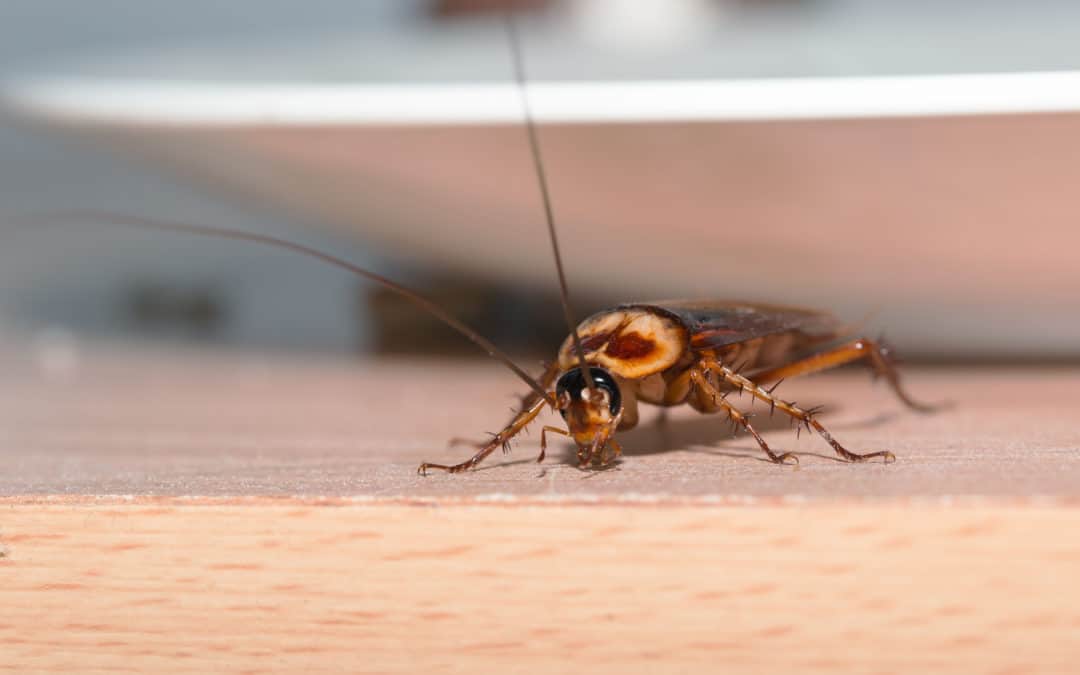
Cockroaches are attracted to food, water, and warm shelter, all of which can be found in your home. They can multiply quickly and adapt to just about any environment, which makes them extremely difficult to get rid of. Cockroaches are dangerous to humans as they’re known to carry and transmit serious diseases, trigger allergies and asthma, and contaminate food and surfaces in your home. In order to keep roaches out of your home, the goal is to make it as unattractive to them as possible. Below are 3 tips to help prevent roaches.
Roaches are attracted to dirt and filth because they provide a source of food for them. Keeping your home clean helps eliminate these food sources by making them go elsewhere in search of something to eat. Wash your dishes and put them away after meals, clean up any crumbs and spills, empty the garbage before going to bed, clean grease from your stovetop, and sweep, mop, and vacuum on a regular basis. Also, make sure you seal any leftover food in containers and don’t leave pet food out overnight.
The less clutter in your home, the less places roaches have to hide. Besides that, cockroaches love to breed in newspaper and cardboard. Keep your home as clutter free as possible. Make sure you dust regularly and use plastic storage bins instead of cardboard boxes when possible.
Roaches are able to squeeze through the tiniest of holes. They tend to get in through cracks around windows, doors, roofs, foundations, in attics and crawlspaces, and through vents and holes used for electric and plumbing. Inspect your home for any possible entry points and seal them up. For smaller holes you can seal with caulk, and with larger holes you can seal with steel wool or foam.
If you are overwhelmed and can’t get roaches away from your home, call your local pest control company. They can provide you with a thorough inspection to help identify what type of pest you’re dealing with, the most likely points of entry they’re using, and the most up-to-date treatment and prevention options available.